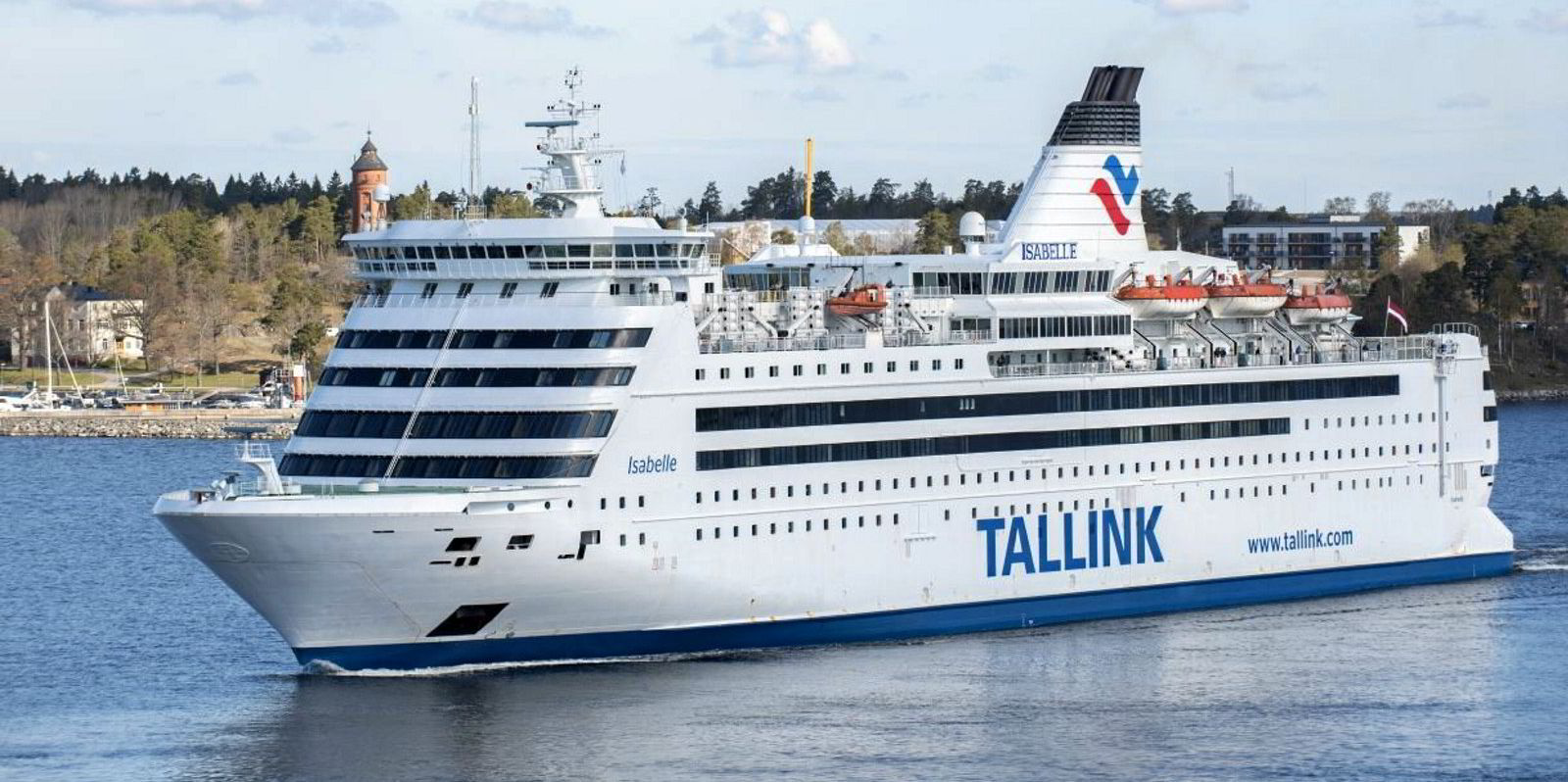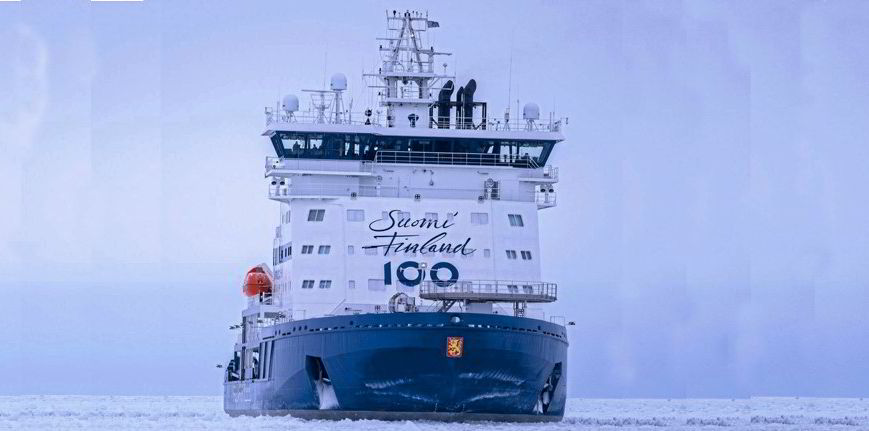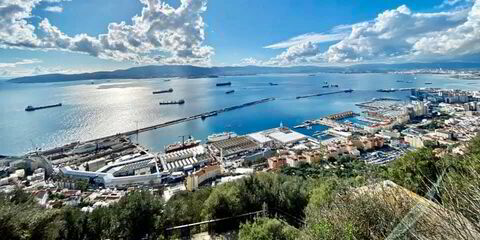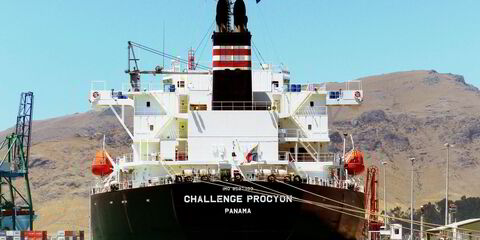Estonia has launched a campaign to grow its international ship registry.
Broker Clarksons estimates the nation’s ship register — currently one of the smallest among European Union member states — weighs in at around 400,000 gt with an average vessel age of 31.5 years.
To fuel its ambitions, the government has set up a more flexible legislative framework, as well as lining up state aid and tax breaks for new or younger ships to join the register.
Other positives include the fact that major ro-ro and passenger ship company Tallink registers its vessels there; it is whitelisted under the Paris MOU; and, as an EU member state, it has a stable political environment.
It also offers a simplified tax system and has no income tax on reinvested profits.
However, those involved say it is the way Estonia has embraced digital technology that sets it apart from its peers.
It claims to be the world’s first fully digital country, with around 99% of its government services available online 24/7.
It has launched the Seafarers’ Information System and the Ship Information System, which offer digital storage for the handling of documentation to ease the bureaucratic burden on ships operating under its flag.
“Digital tools, combined with a personal approach, are what differentiates Estonia,” the Tallin-based team in charge of the flag told TradeWinds.
“These tools minimise the time a shipowner is in contact with Estonian Transport Administration — no delays, no waiting days for an answer. The owner has also a human contact point in the administration who deals with their issues.”

Customer service is viewed as a critical element of the ship registration business and Estonia believes that digitalisation will give it an edge.
“The state understands that every hour a vessel is in port costs. Fast reaction times from the Transport Administration are critical. One of the main ambitions is to deal with these issues quickly and find solutions together with the customer,” the flag team said.
Digitalisation and green shipping
In line with its digital focus, it is hoping to attract like-minded shipowners who are progressive on digitalisation and green shipping and have quality tonnage.
Estonia plans to invest further in IT to create infrastructure conditions and fiscal measures to retrofit ships with environmental protection technology.
In the competitive world of the ship registry business, many established flags have a global network of representative offices to provide round-the-clock service. Is it realistic that this small Baltic country of 1.2m people can compete?
Estonia said it is ready to work closely with the private sector. It has representation in 36 countries and is also represented through other EU member state embassies.
However, many flags have found that their efforts to grow have led to compromises on safety.
Estonia hopes to avoid that pitfall by controlling its own ship safety inspections.
Quality control is handled by the Estonian Transport Administration, which also can authorise classification societies — which it closely audits — to carry out statutory flag state inspections on its behalf.
“Estonia’s grand plan isn’t to simply bring ships under its flag. It would like shipping companies to establish offices, making Estonia a regional shipping hub,” the flag team said.
“We offer digital solutions for all aspects of a shipowner’s business — fast business registration, e-solutions and a simple, transparent tax scheme.”(Copyright)





